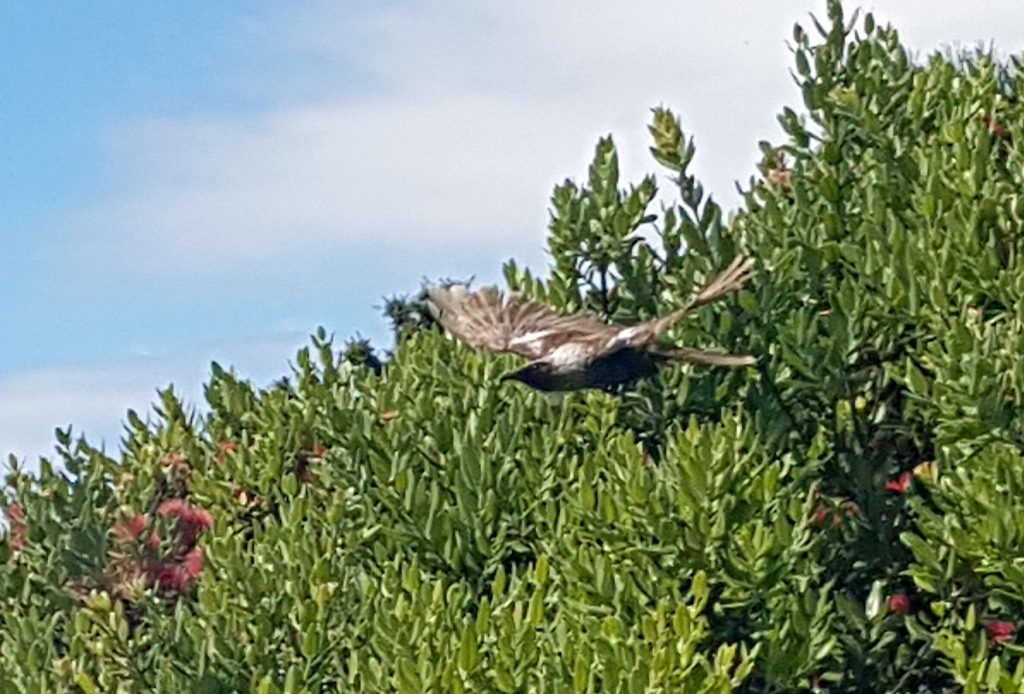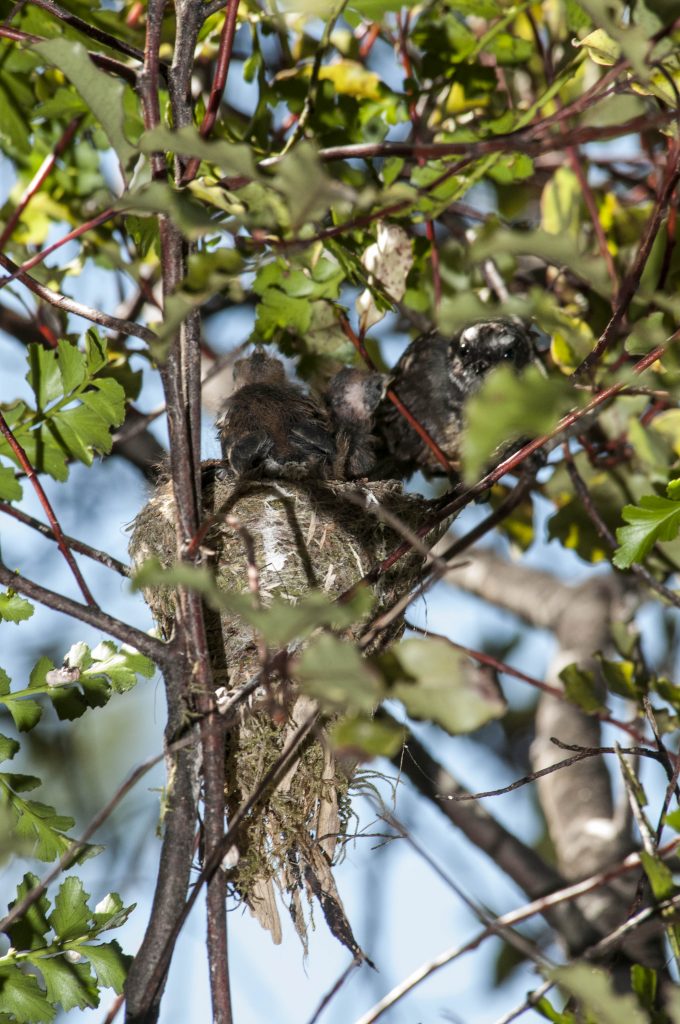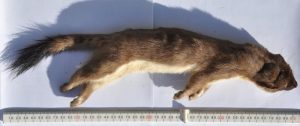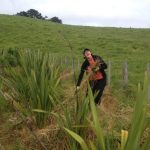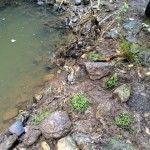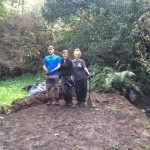There haven’t been as many posts lately, partly due to the extra security measures needed to update the website after we were hacked last year and also because we have held fewer working bees. However, we are continuing the chip away at the project. Cam has been visiting the area at regular intervals and controlling weeds and pests in the valley and surrounding area and individuals are working on various parts of the project.
After cancelling several working bees due to wet and stormy conditions, the weather was finally on our side on Sunday, 7 May when we held a community working bee; the first such event in over 18 months. 13 volunteers, mostly members of the Leigh Harbour Valley Society as well as Leigh residents and co-ordinators of the Leigh Coastal Care group, Neil and Cheryl Sutherland and George Knightly, assisted with clearing elephant ear along with other weeds on the harbour foreshore. Jo Evans loaded up his ute and took the cuttings to the dump. Chris chopped down several small wilding pines along the coastal walkway. John and Nola Harvey joined me upstream where we weeded around the sedges and manuka planted last year. We were disappointed to find the severed head of what was a large eel by the side of the stream. It had clearly been decapitated with a knife rather than gnawed off suggesting someone rather than something had attacked it.

